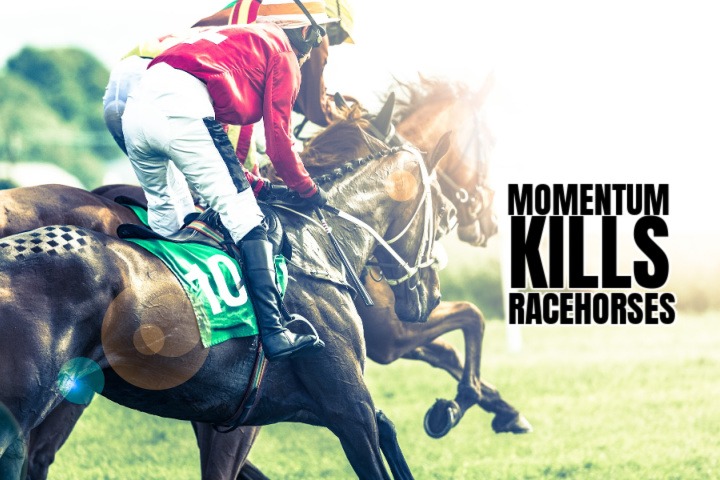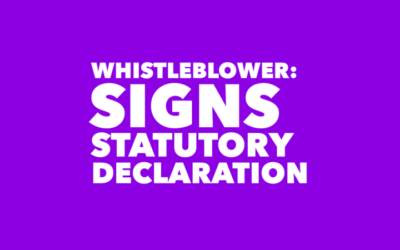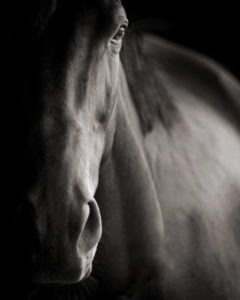MOMENTUM IS A HUGE KILLER IN RACING
The following blog post is thanks to one of our favourite, long time advocates for horses – someone who prefers to remain anonymous. Even so, we thank you for all you do for so many.
Racehorses’ legs and bodies remain in motion even if while racing their bodies fail them.
For example if they suffer a bleeding attack, a tendon failure, a broken leg or heart problems – their legs keep going – they can’t stop – momentum keeps them moving forward!
In the past you may have seen videos of horses continuing to run after a leg has snapped – it’s gruesome to even think about – but it is important to realise that it happens more than we’d like to think.
Racehorses generate extreme forces and high speeds, up to 70 kilometres per hour (43 miles per hour) and that creates a huge amount of momentum in their body — momentum that they are powerless to control.
This means even after suffering a catastrophic fracture, or any serious injury, their limbs keep rotating – they keep running – for another 200-400 metres.
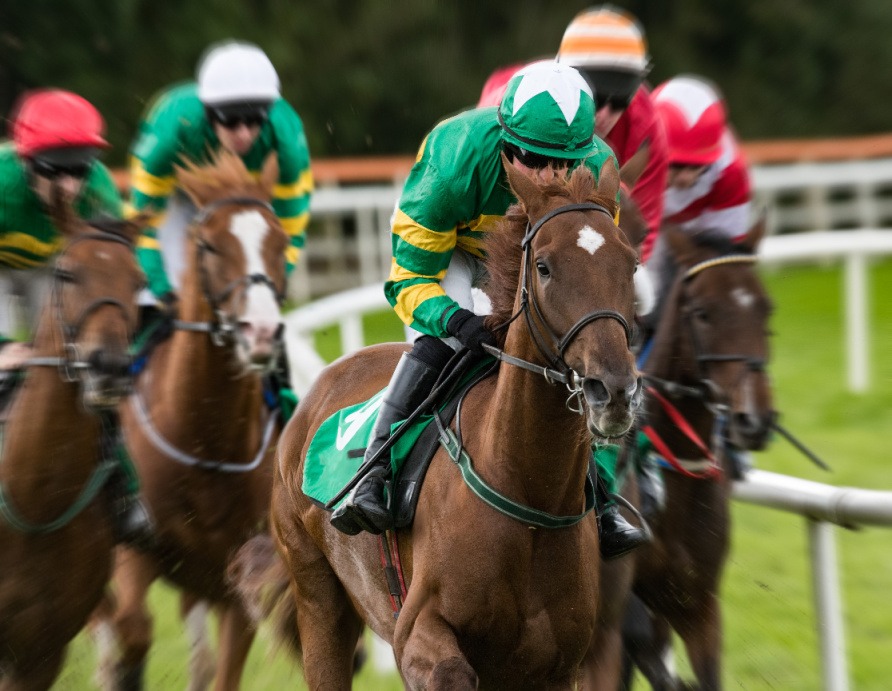
From Thoroughbrednews.com:
Stroke Of Luck – From the outside barrier was shifted behind runners in the early stages. Rounding the home turn, went amiss and was eased out of the race.
The Club’s Veterinarian Officer reported that Stroke Of Luck was found to have sustained bilateral sesamoid fractures to the off foreleg and was euthanised on humane grounds.
Stroke Of Luck fractured his off side forelimb right on the point of the turn into the straight. This shows how dangerous centrifugal forces are for racehorses and greyhounds who are forced to race around turns at high speeds for the entertainment of the public.
It took Stroke Of Luck another 300 metres to stop due to the momentum contained in his body. Yes, even though he had a fracture – he couldn’t stop.
In another race – ON THE SAME DAY AT THE SAME TRACK – Libertad, a 3 year old colt – was “eased out” of a race at the 300m mark after suffering from cardiac arrhythmia.
Again from ThoroughbredNews.com:
From the outside barrier was shifted behind runners in the early stages.
A post-race veterinary examination of Libertad, which was eased out of the race from the 200m, revealed the colt to be displaying cardiac arrhythmia.
———
Please note how the above report refers to Libertad as an object with the use of the word “which” rather than “who”.
Not surprising considering that the horseracing industry in Australia refers to racehorses who are no longer “needed” as “wastage“.
Just like Stroke Of Luck, Libertad was a victim of momentum in his body and even though he suffered a cardiac arrhythmia, momentum kept his limbs rotating – he kept running – for another 350 metres.
To see Stroke Of Luck in his final race was extremely distressing – and to see Libertad struggling on that same day – was also distressing.
What happened to each horse is a classic example of the extremely cruel phenomenon of momentum that affects thousands of fatigued and injured racehorses.
These same types of scenarios play out day after day on tracks throughout Australia — or even as in the case of the two poor horses above — more than once per day on the same track.
THE DEFINITION OF MOMENTUM:
DR. HILARY CLAYTON – THE DYNAMIC HORSE
Every moving body has momentum which measures the quantity of motion possessed by the body.
Momentum is the product of mass and velocity which means a body can have a large momentum by virtue of having a large mass (a racehorse weighs 500-600kg) and/or by moving with a high velocity (gallops at around 70 kph).
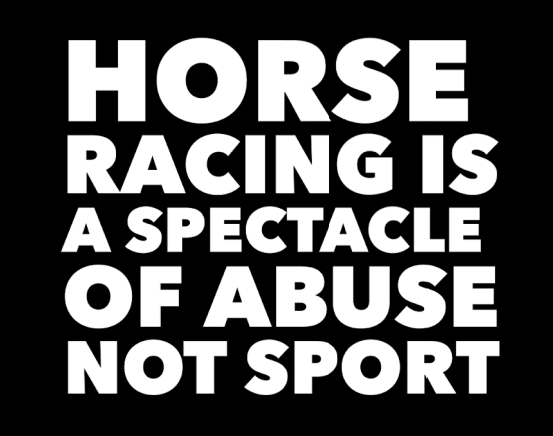
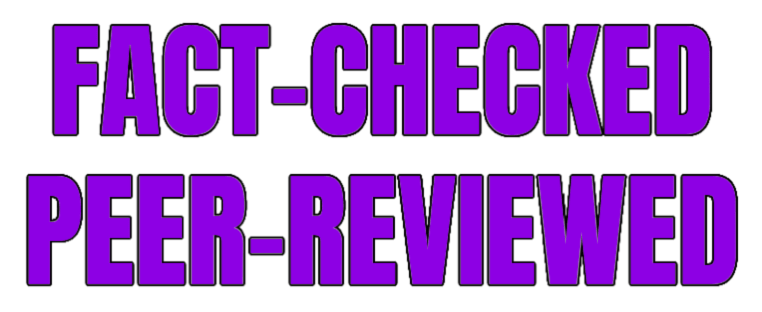
QUICK FACTS FOR YOUR CONSIDERATION:
1. Approximately every 2.5 days, a racehorse suffers a catastrophic death on an Australian racetrack.
2. Catastrophic breakdowns of racehorses on public racetracks are a major concern to the horseracing industry because they profoundly affect the public perception of horseracing. (This is one of the reasons horseracing is losing favour not only in Australia but worldwide — and #nuptothecup is gaining momentum.)
3. 69% of all racehorse deaths are due to catastrophic limb fractures. Many if not most catastrophic fractures are caused by pre-existing injuries, for example the horse has cumulative damage to bone (bone fatigue). Fractures also occur when horses clip heels of the horse in front of them and fall. These falls often result in catastrophic fractures to the humerus in the shoulder.
4. Racehorses also “sudden death” – which is a catastrophic failure of cardio-vascular or respiratory systems and results in collapse and death.
5. These events are not only confronting and traumatic for the connections of the horse and the public but extremely traumatic for the horse, especially if he loses his balance and crashes to the ground which results in many jockey injuries or worse, deaths.
6. Horses may take 600 – 800 metres after they pass the finish line to slow down to a stop after a race due to the momentum contained in their body. (Think about how hard it is to stop a train in motion or how long it takes a very big truck to stop. Or if you’ve ever pulled a fully loaded trailer behind your vehicle, you know it takes longer to stop your vehicle than if you are not hauling a heavy load behind.)
7. Momentum means a catastrophically injured horse is unable to prevent the badly injured limb from suffering from repeated loading. This means the fractured limb may sustain much worse damage than the original injury because a horse can’t stop, they can’t help putting weight on an injured limb over and over again.
No Results Found
The page you requested could not be found. Try refining your search, or use the navigation above to locate the post.
#MOHM NEEDS YOUR HELP!
We’ve been threatened by those in the horse racing industry and those who benefit from horse slaughter more times than we can count.
But we are not going away.
We are going to persist until horse slaughter no longer exists for any purpose within Australia -- and until the horse racing industry makes drastic changes.
We are going to continue our hands-on work to offer lifelong sanctuary to as many horses as possible. We generally have 20 at just one of our locations - at any given time.
We have the acreage to take on more horses as financial support allows.
FALSIFIED HORSE VENDOR DECLARATIONS
FOOD SAFETY BASED ON THE HONOUR SYSTEMWhistleblowers are invited to contact MOHM regarding violations occurring during horse slaughter or transport to slaughter. Are you an ex-slaughterhouse employee, a transport driver or a feedlot operator with knowledge of animal...
WHISTLEBLOWER
ANONYMITY GUARANTEEDWhistleblowers are invited to contact MOHM regarding violations occurring during horse slaughter or transport to slaughter. Are you an ex-slaughterhouse employee, a transport driver or a feedlot operator with knowledge of animal abuse, or other...

